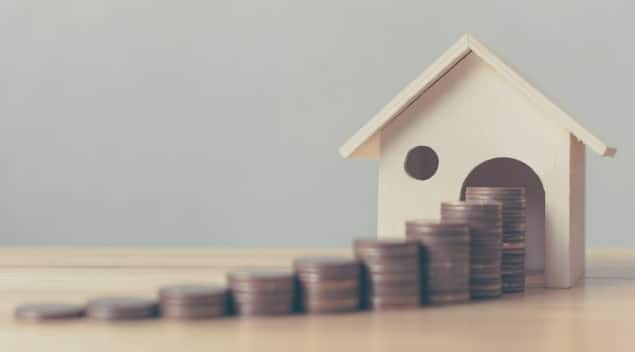
How to Build a Property Portfolio with $100k or Less
Starting your property investment journey can seem daunting. There’s lots to research and plenty of new skills to learn, but growing a property portfolio is the best way to reach your financial goals.
Getting your property portfolio off the ground requires an initial investment of cash. Same as when you bought your family home, you will need an amount to cover tax, fees and the down payment.
The good news is that you may already have the money you need to get started!
Most investors begin by investing the equity that exists in another property, such as the family home. If you own a property that has grown in value, you’re probably in a good position to purchase your first investment!
In this article we’ll discuss how to build a property portfolio with $100k or less, and we’ll look at how you can turn your equity into one, two or more investment properties.

Property Investment Masterclass
We will show you, the system we’ve developed with…
20 years+ experience in property investing and
6,500+ clients coached in 2 countries…
Build a multi million dollar portfolio in under 10 years
How to Build a Property Portfolio with $100k or Less
Step 1. Decide on an Investment Strategy
There are a number of investment strategies that can help you grow your wealth through property. For first time investors, we recommend the Buy and Hold method.
Buy and Hold is a property investment strategy where you purchase a home, collect rental income to offset mortgage repayments, and sell the home several years later to collect the capital gains.
This strategy is simple, and it’s a highly effective way to grow your wealth, generate passive income and hit your long-term financial goals.
Step 2. Improve Your Loan Serviceability
If you are starting with $100,000 in equity (or less – you can start investing with as little as $50,000 to $60,000), you will need to borrow money to start your property portfolio. That’s totally normal. The only thing to keep in mind is that the amount of money you can borrow is affected by your ability to “service” (e.g. repay) the loan.
You don’t necessarily need to borrow as much money as possible to invest. In fact, we’d recommend spending conservatively to reduce repayments and improve cash flow.
However, you can improve your loan serviceability and borrowing power by:
- Reducing credit card limits and debt
- Paying down loans (such as personal loans, mortgages and car debt)
- Avoiding new credit enquiries
- Earning more income
- Showing a history of savings
- Improving your credit score
Step 3. Research Local Property Markets
Every investment begins with thorough research into local markets. You need to know obvious details such as property values (and what you can or can’t afford), but you should also consider:
- Rental populations
- Rental vacancy rates
- Estimated rental yield
- Historical capital growth rates
- How major projects will affect property values
- Suburb and property appeal
These things help narrow down which areas are within your budget, and which areas will provide the returns you need to build your investment strategy.
Read Our Ultimate Property Investment Strategy Guide
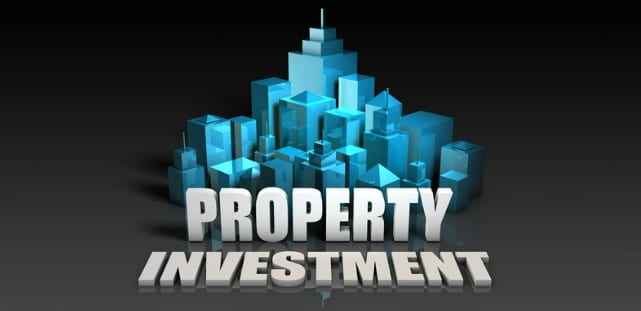
Step 4. Perform a Property Portfolio Analysis
You’re almost ready to purchase your first investment property! As you narrow down your selection, perform a property portfolio analysis to see how each potential investment will affect your portfolio.
During your analysis you should consider the major marketplace and cash flow scenarios. What happens if interest rates continue to fall? What happens if they continue to rise? Should you positively or negatively gear the property? What does the rental demand look like?
These questions can all be used to determine which investments are right for you, your portfolio and your investment strategy. You may need to seek advice to answer some of these questions. Experienced investors, investment professionals and financial advisors can all help you analyse potential scenarios.
Step 5. Purchase Your First Investment Property
It’s finally time to purchase your investment! Australia’s median property prices mean that you will typically be limited to buying one property with your existing equity:
|
Capital City |
Median Dwelling Value |
|
Sydney |
$1,031,138 |
|
Melbourne |
$751,125 |
|
Brisbane |
$705,016 |
|
Adelaide |
$650,981 |
|
Perth |
$572,837 |
|
Hobart |
$648,811 |
|
Darwin |
$484,483 |
|
Canberra |
$839,732 |
Source: CoreLogic
The only decision you need to make is whether you can purchase two properties instead.
In many cases, purchasing two properties is a good way to kickstart your portfolio, but you shouldn’t compromise on capital growth or rental income to do so. It’s more important to purchase a single property that acts as a secure investment, rather than trying to grow your portfolio quickly.
Step 6. Work Towards Your Next Deposit
You’ve purchased your first investment property! But how do you afford the next one?
Many investors make the mistake of saving hard to purchase their first property, and then let the habit fall by the wayside. The reality is that investors need to continue saving, especially in the early stages of building a portfolio.
There are several ways you can grow your savings while investing:
- Consider purchasing a cheaper investment with lower repayments
- Manage your personal expenses
- Minimise lines of credit (such as credit cards, car and personal loans)
- Switch to an interest-only mortgage
- Refinance your mortgage for more favourable repayment terms
- Increase the amount of rent you are charging
While increasing your savings is an important part of investing, most investors purchase properties using the equity in their portfolio. However, the money you save can still go towards your portfolio, and being able to show a strong history of savings will help you when applying for mortgages.
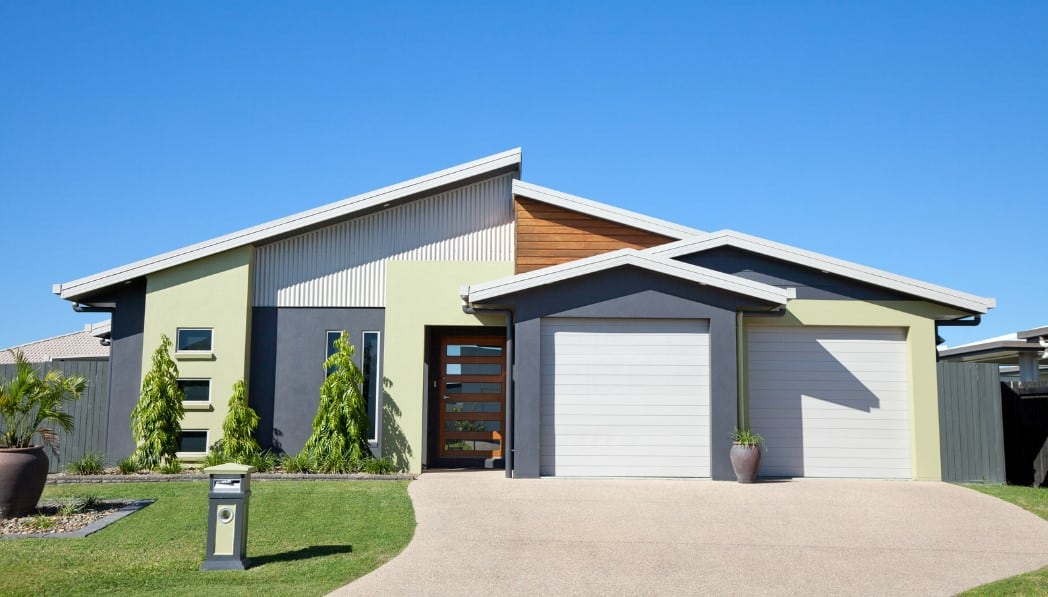
Step 7. Use Equity to Purchase Your Second Investment Property
Making the leap to your second investment is the hardest part of building a portfolio.
Happily, just like you did with your first investment, you can use the equity in your portfolio to buy the next property.
For example, if you purchase an investment home for $600,000 and it grows in value to $650,000, you have $50,000 of equity available in that investment. When you apply for a mortgage on your next investment, you can use that $50,000 to help secure the loan.
You can’t buy a property using equity alone – you still need a stable income and the ability to service the mortgage, but this method allows you to grow your portfolio much faster.
Step 8. Consider 95% Home Loans
This isn’t necessarily the final step to building your property portfolio. It’s something you should consider each time you purchase an investment.
Many lenders now allow you to borrow up to 95% of a property’s value. That means you only need to provide a 5% deposit to secure each investment. This allows you to secure investments with far less than $100,000 in equity.
Be aware that 95% loans come with compromises. You only need to provide a small down payment, but you will be required to purchase Lender’s Mortgage Insurance (LMI), you may receive less favourable interest rates, and your repayments will be higher.
The good news is that it’s always possible to refinance your loan as your portfolio and investment strategy changes. That can help you to secure additional investment properties without negatively impacting your cash flow.
Learn How to Turn $100k Into an Investment Portfolio with
Positive Real Estate!
Spending your hard-earned money on investment properties can be tricky and stressful. There’s lots to learn, and managing your risk can be a challenge.
If you don’t know where to start then we always recommend seeking professional advice. The seminars and coaching sessions offered by Positive Real Estate can equip you with the real-world skills you need to succeed!
You can contact us online to find out more, or book a property investment seminar to get started with Positive Real Estate!
Recent Articles
Investment Property Financing – Comprehensive Guide 2023
You won’t get very far as an investor without the ability to secure credit. Understanding how to...
Ultimate Property Investment Strategy Guide 2023
Which Property Investment Strategies Will Make You Money? Building your property investment...
How To Develop Good Financial Habits That Lead To Wealth!
Good financial habits are the basis to creating wealth. Building financial freedom is not something you learn overnight, it takes time and a foundation of solid habits that you perform day in and day out.
The 7 Plans Every Property Investor Must Know To Succeed
When it comes to property investing as the saying goes, if you don’t have a plan, then you could be planning to fail! While there are many factors we can’t control in the market, there are certain facets we can manage to give us the best possible chance of success. In this article we will help you understand the 7 plans every property investor must know.
The Truth On How Many Investment Properties You Need To Retire
Using real estate to create financial security for the future is a popular option for many Australians, however it can be tricky to know how many investment properties you need to retire to get the outcome you desire.
What Is The Best Type Of Property Investment?
When you strive to learn everything you can about investing in property, you increase your chances of creating generational wealth! The best type of property to invest in is dependent on a number of factors about the investor and their real estate strategy.
The Property Investment Basics That You Need To Know
Real estate has the potential to become your main vehicle for creating wealth, but only if you take the time to learn some crucial property investment basics to set you up for success as an investor.
Retirement Planning Tips For Property Investors
It’s the Australian dream – the clock ticks 65 (or earlier) and off you sail into the sunset of retirement to live out the rest of your years stress-free. Sadly, for some, this will remain nothing more than a dream with the drastic cost of living rising and no plan to cover the shortfall.
10 Ways To Save For A House Deposit [For Investors Or First Timers]
Saving for a house deposit to get onto the property investment ladder is tough. Especially with the cost of living drastically going up. After bills, rent/mortgage, groceries, petrol, insurance… there isn’t a whole lot left for saving. But that doesn’t mean it’s impossible! By adopting these 10 ways to save for a house deposit you’ll be ten steps closer to building out your portfolio and creating future wealth.




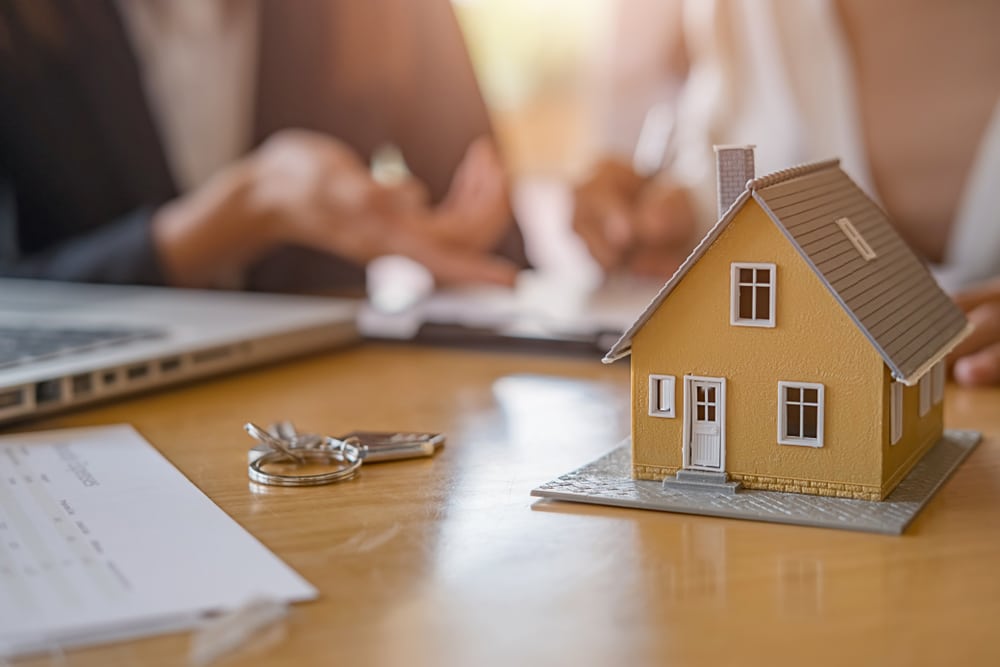
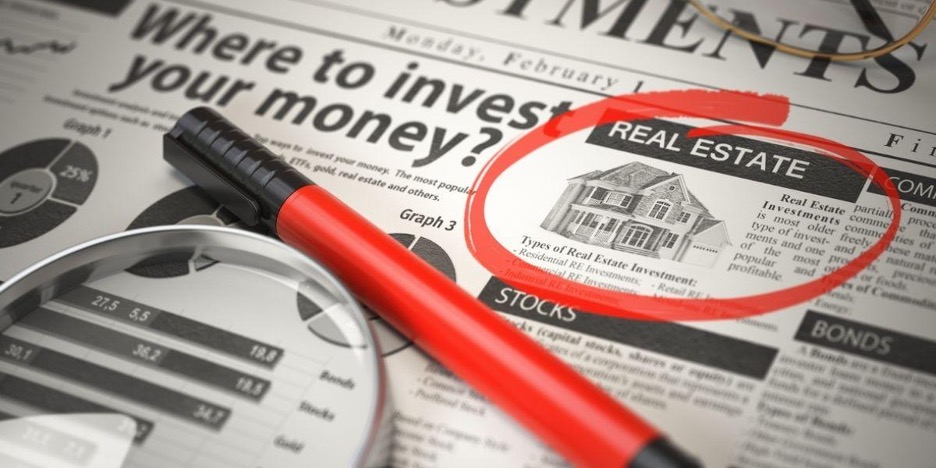






![10 Ways To Save For A House Deposit [For Investors Or First Timers]](https://positiverealestate.com.au/wp-content/uploads/2022/09/saving-for-a-deposit.jpeg)